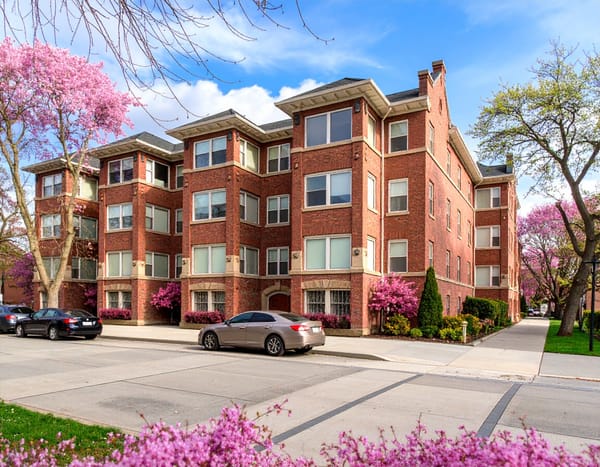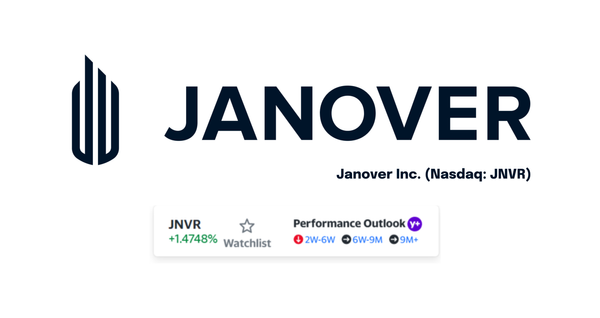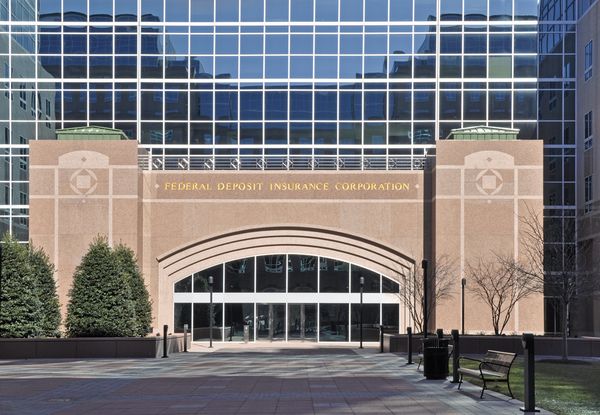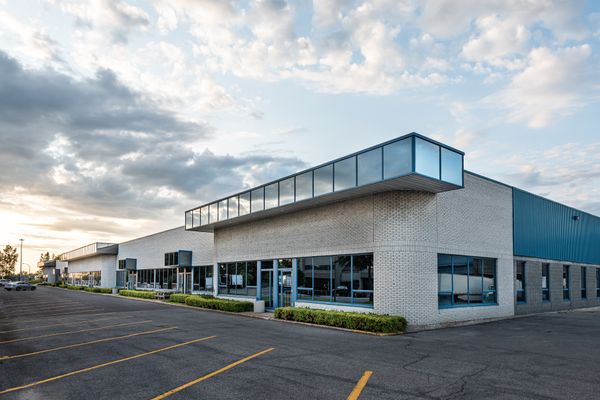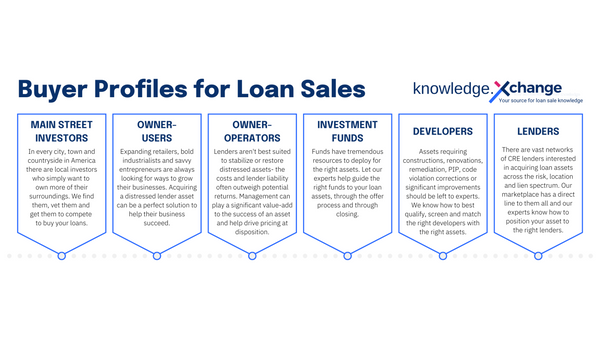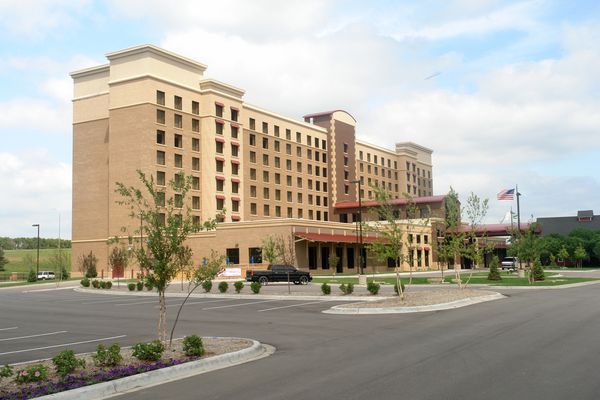Avoiding the Single-Family Rental Loan Train Wreck, Part 2
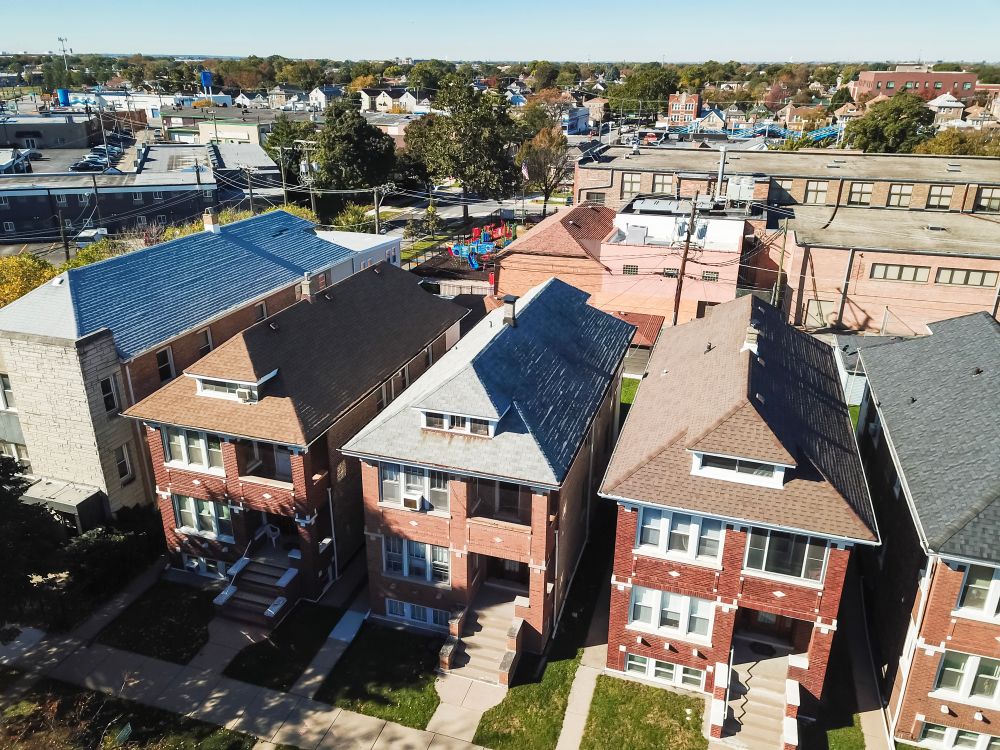
This post is Part 2 of a series. Read Part 1 here.
Rising in popularity since 2009, single-family rentals (SFRs) gained even more traction during the pandemic as rental demand for single-family homes soared. However, not every portfolio is created equal. Just like any asset class, the SFR category has its fair share of non-performing loans–and trying to execute a workout or foreclosure on them is like dealing with a massive pile of twisted steel. Having helped numerous lenders sell distressed SFR portfolio loans, we’ve found that a loan sale is often your best way out if a full payoff isn’t an option.
When things go well, an SFR portfolio offers investors a return on equity that is much higher than an investment in a mortgage REIT. Investors also gain tax benefits. An investor LLC can self-manage the portfolio and charge expenses to a holding company, reducing their tax liabilities while also depreciating the properties.
Unfortunately, not every SFR borrower is a winner. When an SFR loan becomes distressed, the unique characteristics of SFR add significantly to the costs and pain of a workout or foreclosure. If you’re the lender, you will want to avoid foreclosure—and the complications of direct ownership and management—before you get caught in a situation of managing a complex portfolio of homes. If that is where you land, your organization will be responsible not only for the financial burden of the properties but also for the maintenance, including the traditional landlord duties of fixing running toilets and leaky roofs.
As we explained in “Avoiding the Single-Family Family Rental Loan Trainwreck, Part 1,” SFR portfolios are unique and far more complex than other commercial real estate asset classes, including multifamily. Here in Part 2, we take a look at the five characteristics that make an SFR workout or foreclosure a twisted mess.
Resource-intensive management
Unlike units in an apartment building, SFR homes are often geographically dispersed and constitute a portfolio only because they are owned by the same borrower entity. Typically, the properties are spread across different blocks in a community, in completely different neighborhoods or even in different cities and states. Only recently have some developers begun to create entire build-to-rent communities similar to traditional housing developments.
When you’re a lender facing a distressed SFR loan, a far-flung portfolio is a property management nightmare. You’ll likely need different management vendors at the various property locations, which means more management time, and site visits involve travel time and costs.
High capital costs
While any distressed property has its costs, SFR capital expenses have particularly high repair and replacement expenses. Expenses are associated with individual units, not the portfolio as a whole. An apartment building has one roof funded by the aggregate rental income of the entire building, in an SFR portfolio, a home’s new roof is funded only by the rental income of that unit.
Rents for the individual SFR are often comparable to rents in nearby multifamily properties—but SFRs may incur deferred maintenance costs that are far higher than the rental income and reserves available. When you’re the lender, that accumulation of deferred maintenance becomes one more problem to deal with if the SFR loan becomes distressed.
You’ll also need to manage all the maintenance expenses and tenant pass-through expenses. In a widely dispersed portfolio, you—or your receiver—will be responsible for paying multiple utility companies and multiple management fees, along with real estate taxes in multiple jurisdictions.
Hidden liabilities
In states like Florida, where the SFR sector grew quickly, many properties are controlled by inexperienced borrowers and management companies. As the lender, you immediately become responsible for liens on individual homes, including back taxes, unpaid contractor bills, neglected critical infrastructure and fines for code violations created by novice owners and managers who weren’t knowledgeable about local building codes.
Horror stories abound. For instance, one lender was compelled to assume management of an SFR portfolio in Buffalo and quickly learned that most homes had no heat—in the dead of winter. Naturally, tenants complained often and loudly.
The lender was looking to foreclose on the portfolio. However, local ordinance required landlords to provide heat. To restore heating service and comply with the law, the lender had to pay the local gas company an amount that equalled almost 50% of the principal unpaid mortgage balance to cover unpaid gas bills, and also had to fund high repair and maintenance costs.
In another tale of SFR gone bad, we worked with a lender that had toiled away for several years trying to foreclose on a six-property SFR portfolio. The institution spent approximately $120,000 on maintenance and repairs along the way, including $80,000 in unpaid water bills. As the pandemic grew, the borrowers qualified for federal relief funds—but some of the tenants did not want to sign on to the plan for receiving the relief funds. Ultimately, we helped the lender sell the loan at the best possible price to a buyer with SFR management infrastructure.
Receivership doesn’t solve the management problem
Say you want to foreclose on an SFR portfolio. The court assigns a receiver that is allowed to sell the homes in the portfolio to help recover costs. It’s possible that only some of the homes will sell, while the remainder—and the receivership fees—continue to be your responsibility indefinitely. Eventually, you may be able to sell the remaining properties at a massive loss that is nowhere near the real value of the homes or the unpaid principal of the loan.
Appraisals aren’t reliable
Whatever the appraised value of an SFR or the SFRs in a portfolio, there’s a good chance that it is not a very useful number for determining equity or how much you could recover in a foreclosure. A residential broker's opinion of value (BOV) and comparable sales aren’t necessarily relevant because they’re based on consumer single-family homes purchases rather than the income-based valuation approach used by investors. Add in management fees, and the appraisal becomes even more off the mark.
Another consideration is that owned single-family homes are typically of higher quality than rental homes, further rendering comparable sales meaningless. Where a consumer might update the kitchen or bathrooms, add a deck or replace an ageing dishwasher, an SFR landlord will not invest any more capital than absolutely necessary. In many tight housing markets, a rental with outdated décor and appliances, a poorly laid-out kitchen and low-quality construction could still command a market-rate rent. Selling individual homes out of an SFR portfolio might not actually capture much loan value.
Who needs the distressed SFR knots?
We’ve learned a lot about SFRs during our years of working with distressed loans, and it’s clear that selling a non-performing SFR loan is 100 times easier than trying to navigate the special servicing, receivership and foreclosure processes for this asset class. Most importantly, a note sale is more likely than a foreclosure to help you recover as much loan value as possible while getting a troublesome loan cleared.
Want to know what your CRE NPL is worth? Try XL Value to generate a free loan valuation report.
